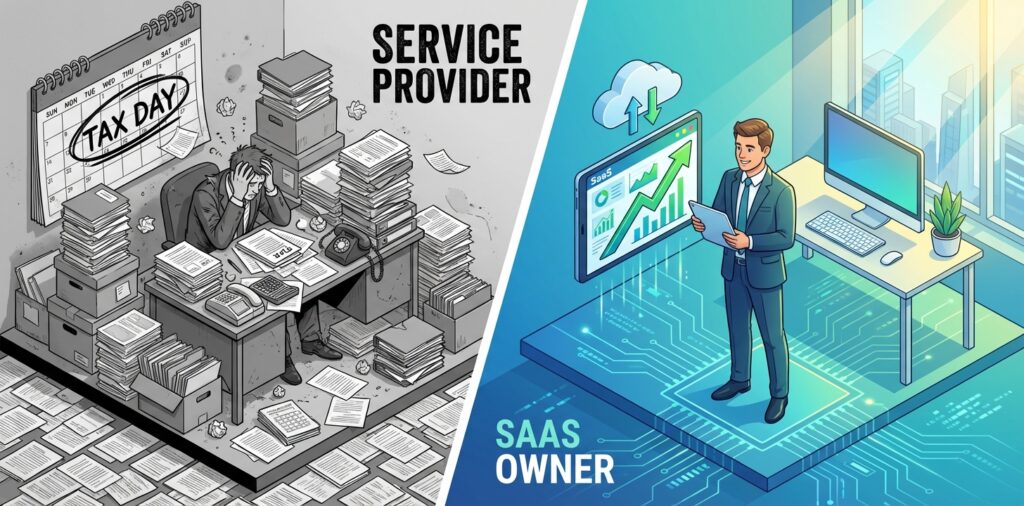There are many ways to make an eCommerce website. You can start by posting your products online with appealing visual content and catchy captions. But the real question here is: How effective is your eCommerce business in saving costs?
You must look for alternative ways to trim expenses to save cash when running your eCommerce store.
In this post, we’ll walk you through what you need to do to make your business stand out without putting a hole in your pocket.
Effective Ways to Save Cost for Your eCommerce Business
1. Create a strategic marketing plan
Like any other business, when you have an eCommerce business, you must create a catchy and well-thought-out strategic campaign to ensure traffic, increase brand awareness and have a healthy investment return without breaking a sweat.
Think thoroughly about how you will devise the marketing strategies and put them in your chosen marketing platforms that best connect with your target market.
Whether it is influencer marketing, social media marketing, or targeted content creation, you should know the ins and outs of online marketing. Doing so makes your business stand out from the rest of the pack.
2. Build a good website
What is a good website? Well, a good website is responsive, fast-loading, and user-friendly. Many entrepreneurs underestimate the benefits of having a good website because they focus more on creating visual content.
But even if your content is exceptional, your visitors will tend to leave your site if it does not meet their needs and if it is unresponsive. In the fast-paced world that we live in, users can quickly lose patience. So you can ensure that everything on your website will be informative, engaging, fast, and responsive.
3. Optimize your packaging
Packaging should be one of your focuses if you want to cut down your costs in eCommerce. If you tend to use premium packaging for shipping your online products, then you may need to trim it down a bit so that you will be able to reduce some costs.
You see, there is no point in shipping a particular product with more extensive packaging than the product itself. You should know that a little, average, or one-size packaging will do the trick. Remember that you need to optimize your packaging to save up on costs.
4. Manage your inventory
Inventory management is the easiest and best way to save money for your business. Although it can be considered the simplest way to gain more sales and to have your products and website well-organized, the only downside is that it could also have a significant loophole in your expenses.
Especially if you are not knowledgeable enough to manage them, aside from that, you surely don’t want your customers to wait for your products to be well-stocked after two months.
5. Check your shipping system & fee pricing
You should know how to put the price tag on your products. Ideally, a fair price that has anticipated the shipping system is ideal in eCommerce. If you offer free shipping on your products, it can be a significant expense.
So, look for an excellent courier service that best suits your needs and customers. Remember that the cheapest one is not the best choice. You have to choose the right one for you. The right courier service will enhance the shipping experience for your customers. It also helps improve your sales, reputation, and growth.
Here are some of the things that you need to consider when it comes to choosing the right courier service:
● Speed of delivery
● Proof of delivery
● Limitations in the weight and size
● Cost to value
● Customer service
● Courier’s insurance
6. Have a clear and transparent return policy
Managing product returns on your eCommerce store must be one of the most challenging aspects of the business. Sometimes, a bad review can easily ruin your business reputation and hurt your profitability. And this can happen all over again if you aren’t too careful.
So, one way is to have a clear and transparent return policy. Doing so helps boost the credibility of your brand. Your business can avoid tons of returns that can reduce operational costs. It also shows your customers that you care about their needs.
7. Focus on customer retention
High-quality customer service and communication are beneficial in keeping your business in a good place. Good customer service can also help build trust between you and your customers since they can see your authenticity in delivering your promises. You also need to be available to attend to their queries and issues.
Remember that if you have excellent customer service, they are more likely to recommend you to their friends, which is an advantage on your part.
8. Negotiate with suppliers
When you are gaining tons of customers, you should consider having suppliers. Choosing a good eCommerce supplier is essential. Also, if your store is already huge enough to entertain high-tier bulk shipments from many suppliers, you should try improving your negotiation skills.
The two main aspects of interest for your suppliers are order sizes and payment times. If you can guarantee these to them, they will be more likely to accommodate your requests and prices.
9. Lookout for partners and collaborators
Having a partner in the business makes your brand more reachable to your target audiences. Imagine having a combined audience with different demographics to whom your products cater? This will surely increase your brand awareness which is more likely to result in having lots of customers.
You must form strong relationships with companies with similar brands to ensure that both of you will benefit from this good idea. For example, pairing up with a clothing brand would be ideal if you are a small shoe business, as this complements your brand.
Conclusion
So there you have it. These are some ways to save costs for your eCommerce business. You also need to know the inside and outs of eCommerce to know how to run one effectively. Apply these tips to maximize your sales and ROI. Good luck!






